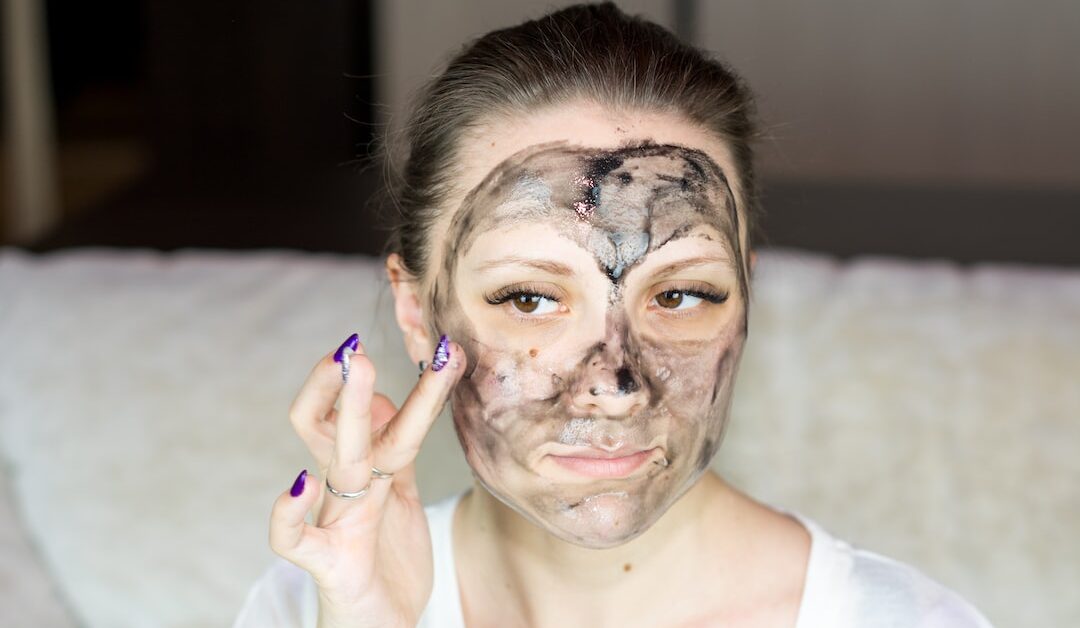A chemical peel is a highly effective method for enhancing the appearance of skin. By improving skin tone, reducing lines and wrinkles, fading discoloration, and creating a smoother texture, this treatment can help you achieve the flawless, radiant complexion you’ve always wanted. A chemical peel is a trustworthy and secure way to revitalize your skin and enhance your self-assurance.
First, your practitioner will degrease your skin with acetone, which smells and feels a lot like nail polish remover. It helps the peel penetrate your skin more effectively.
Reduces Fine Lines and Wrinkles
A chemical peel works by stimulating collagen production. A youthful appearance can be accomplished by smoothing out wrinkles and fine lines on your skin. It is one of the reasons why choosing a well-trained practitioner who understands the nuances of this treatment is vital.
During the procedure, your face will be thoroughly cleansed. Depending on the depth of your peel, different types of chemicals will be used, either glycolic acid, trichloroacetic acid, salicylic acid, or lactic acid (or even phenol), to produce a controlled wound and allow for new skin to grow.
Medium-depth chemical peels are often the best option for reducing fine lines and wrinkles, stretch marks, and scarring. They also work to improve pigmentation and brighten the complexion.
Deep chemical peels can address coarse facial wrinkles, blotchy areas with excess sun damage, or pre-cancerous growths. Still, they are usually reserved for patients who have already tried other treatments, such as lasers. They are also not recommended for those with a history of keloids, recurring cold sores, or if you have been taking medications that make your skin sensitive to sunlight.
Evens Out Skin Tone
Over time, uneven skin tone can develop for several reasons. Sun damage causes the outer layer of skin to slough off, which can lead to dark patches and hyperpigmentation. Pollution can also cause discoloration by permeating the outer layer of skin, leading to an overall dull complexion. Hormonal changes may be the cause of uneven skin tone. Chemical peels have effectively enhanced skin tone by promoting collagen production and exfoliating dead skin cells.
A dermatologist or esthetician will use a chemical solution to create a controlled wound for a superficial peel. The type of chemical used will vary depending on the desired result. It may include glycolic acid, trichloroacetic acid (TCA), salicylic acid, lactic acid, or carbolic acid.
A light chemical peel will brighten the complexion, reducing fine lines and wrinkles. The peel will also help to reduce pigmentation issues. A medium or deep chemical peel may be necessary for more pronounced scars or hyper-pigmentation. A dermatologist or plastic surgeon must perform the peel properly in these cases.
Hydrates Skin
Chemical peels can help to hydrate your skin by stimulating collagen, smoothing out texture irregularities, and lightening discoloration. They do this by utilizing acids that raise the skin’s acidity and chemically loosen dead skin cells, which are then naturally shed and replaced with fresh new ones.
A chemical peel should be combined with other non-invasive cosmetic treatments, such as microneedling and Broad Band Light (BBL), for the best results. When your skin is recovering from a peel, it’s crucial to apply moisturizer as directed to reduce the risk of infection, dark spots, and scarring. It’s also recommended to avoid picking at your skin or attempting to speed up the recovery process, as this can lead to irritation and scarring.
If you have fine lines or wrinkles, acne, uneven skin pigmentation, or dry, rough, sun-damaged skin, a gentle chemical peel is a suitable option because it eliminates the outer layer of your skin. It’s also an excellent option for people with sensitive skin. A dermatologist can advise you on the best peel for your skin tone, condition, and care needs.
Reduces Pore Size
Enlarged pores are a common cause of bumpy and rough skin texture. A chemical peel can help reduce the size of your pores by removing excess oil and dead skin cells. It leaves the skin with a healthier appearance and a smoother texture.
During the peel, your doctor brushes on a solution to the targeted area. You may feel a slight stinging sensation. The key is then washed off. Your doctor may also treat the area with a chemical-neutralizing therapy. Before your treatment:
- Let your doctor know if you have a history of cold sores or other scarring.
- Have any sensitivity to chemicals or acids.
- Use certain prescription medications.
After a peel, your skin will be red and may appear irritated. While it heals, using a moisturizer and sun protection is crucial. Additionally, it’s critical to refrain from picking at the skin because this might result in scarring and other issues. Follow your doctor’s instructions to ensure a quick and successful recovery. It includes avoiding specific skin treatments, such as waxing, bleaching, and epilating, until the healing process is complete.
Brightens Skin
Chemical peels can brighten dull skin by sloughing off old and dead skin cells to reveal healthier-looking, more radiant skin. However, following your doctor or aesthetician’s instructions for caring for your skin during and after a chemical peel treatment is essential. It is also crucial to avoid picking at or scratching loose skin, which can lead to scarring or infection.
Light chemical peels (also called “lunchtime”) typically remove only the outermost layer of the skin. They are ideal for mild acne, uneven skin tone, or dry, rough, sun-damaged skin. These peels may contain glycolic acid, lactic acid, or salicylic acid.
Dark skin and people of color can receive chemical peels, but a licensed professional must appropriately administer them. Medium and deep chemical peels can cause post-inflammatory hyperpigmentation, so they should only be used under a dermatologist’s supervision.
Utilizing a brightening peel that includes glutathione, Kojic acid, and vitamin C is a practical approach to improve skin tone, diminish wrinkles and fine lines, and shield against sun damage. It can also boost collagen production, reduce brown spots and increase skin radiance.


